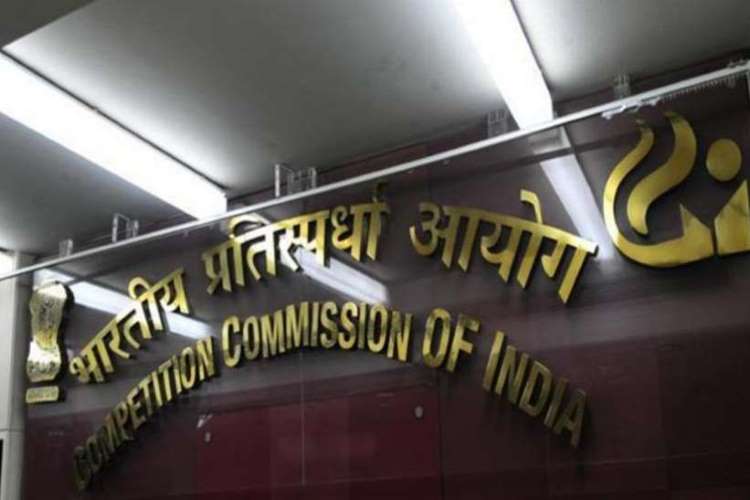
Killer acquisitions are a big concern for competition watchdogs, particularly in rapidly evolving digital and pharmaceutical markets. The term refers to situations where dominant firms acquire smaller, innovative companies with the intent of shutting down their competing projects or products, thereby preventing competition and preserving their market dominance. This practice, while strategic for the acquiring company, can stifle innovation, reduce consumer choice, and hinder competition.
In India, the ministry of corporate affairs has recognised the need to address killer acquisitions, particularly within the ambit of the proposed digital competition Bill. The Bill introduces ex-ante regulations that require digital companies to notify the Competition Commission of India (CCI) if they meet specific criteria, qualifying them as systemically significant digital enterprises. Such companies, due to their market influence, are under scrutiny to prevent practices that could harm competition, including killer acquisitions.
READ I Boosting FDI inflows: Solution lies in competitive federalism
The digital competition Bill
The Bill initially excluded mergers and acquisitions from its ex-ante obligations, opting instead to address killer acquisitions through the Competition Act. The Competition Amendment Act 2023 introduces a deal value threshold, requiring any transaction exceeding Rs 2,000 crore to be notified to the CCI if the target company has substantial business operations in India. This move is aimed at capturing high-value deals in asset-light sectors like digital markets, which previously evaded scrutiny due to their business models.
The regulatory shift towards deal value thresholds is a significant development, reflecting a global trend to address the challenges posed by killer acquisitions. The implementation of this threshold requires clear guidelines from the CCI, particularly on how to compute deal value and establish an India nexus for global transactions.
Expanding scrutiny in the US and EU
Globally, competition regulators in the US and the European Union have also ramped up efforts to scrutinise killer acquisitions. Regulatory bodies have expanded their powers to investigate a broader range of M&As, even those that do not meet traditional notification thresholds. For example, the US Federal Trade Commission (FTC) and the European Commission have both begun to focus on the potential impact of acquisitions on innovation, especially in fast-moving industries like pharmaceuticals and technology.
One notable case that triggered this increased scrutiny was the proposed acquisition of Grail, a developer of early-detection cancer tests, by the biotech firm Illumina. Despite not breaching the EU’s merger regulation threshold, the deal was challenged by both the US and EU regulators due to concerns over its potential to stifle innovation in the market for genome-based diagnostics. This case underscores the complexity of regulating killer acquisitions, where the intent and impact on innovation are not always immediately apparent.
Challenges in regulating killer acquisitions
Regulating killer acquisitions presents several challenges for authorities.
Identifying intent: One of the most significant hurdles is determining whether an acquisition is truly intended to kill competition or if it is a legitimate business strategy. For instance, while some acquisitions may lead to the discontinuation of innovative projects, others, like Google’s acquisition of Waze, integrate the acquired company’s technology into the parent company’s offerings, potentially benefiting consumers.
Impact on innovation: Blocking acquisitions based on the potential harm to innovation is a high-stakes decision. Regulators must demonstrate that the acquisition would likely stifle innovation, which often involves predicting future market developments—a difficult and speculative task.
Economic trade-offs: Regulatory intervention in M&As could have unintended consequences. For example, if regulators frequently block acquisitions, start-ups may struggle to secure funding and scale their innovations, as many rely on being acquired by larger firms to access capital and resources.
Global consistency: As markets are increasingly global, inconsistent regulatory approaches across jurisdictions can lead to uncertainty for businesses. Harmonising standards and approaches to killer acquisitions across countries is essential for creating a predictable regulatory environment.
The innovation dilemma
While the intent behind regulating killer acquisitions is to preserve competition and foster innovation, there is an inherent risk that overregulation could have the opposite effect. If dominant firms are prevented from acquiring smaller, innovative companies, those start-ups might struggle to commercialise their innovations due to lack of funding or resources. This could slow the pace of innovation and reduce the overall dynamism of the market.
Moreover, acquisitions often provide a viable exit strategy for start-ups, incentivising entrepreneurs to innovate. Without the prospect of being acquired, the motivation to develop disruptive technologies might diminish, particularly in capital-intensive industries like pharmaceuticals and technology.
Killer acquisitions pose a significant challenge in balancing the need to protect competition and innovation with the risk of stifling economic growth. The recent amendments to India’s competition law and global regulatory trends reflect an increasing awareness of the risks posed by these acquisitions. However, the success of these efforts will depend on the clarity of guidelines, the ability to predict market outcomes accurately, and the global coordination of competition policies.
Ultimately, while the regulation of killer acquisitions is essential to preserve competition and innovation, it must be carefully calibrated to avoid unintended consequences that could harm the very goals it seeks to protect. As the digital and pharmaceutical sectors continue to evolve, so too must the regulatory frameworks that govern them, ensuring that they are robust enough to address the challenges of the future.
Anil Nair is Founder and Editor, Policy Circle.

